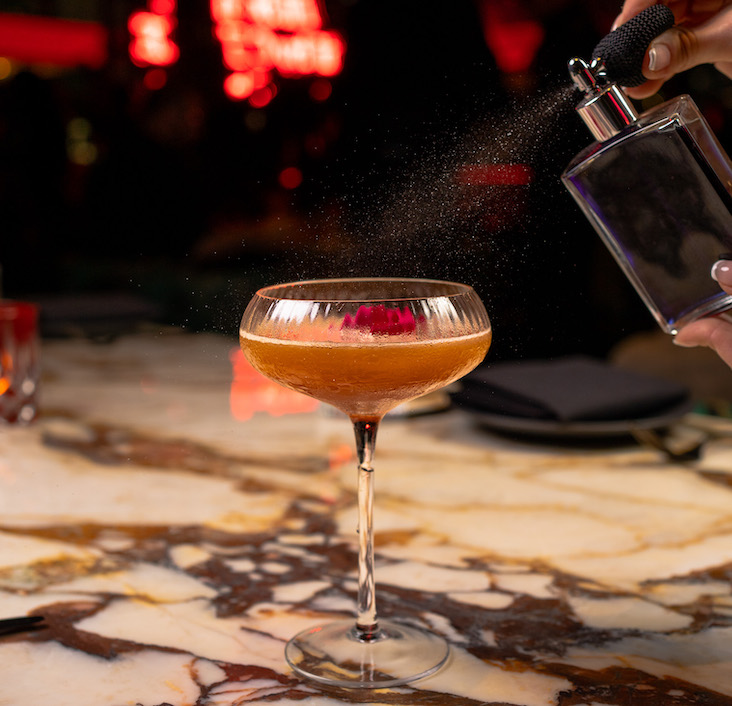Being familiar with how bartenders steal is crucial. Sometimes theft is overt and undisguised, like pouring heavy shots to receive bigger tips, or stuffing cash sales directly into a tip jar. However, ploys like these are so easily detected they’re actually risky, so bartenders usually rely on less obvious schemes. Examples of pocket-padding maneuvers include:
• Short-Pouring — This classic maneuver is often used because it doesn’t negatively impact pour cost. Short-pouring involves a bartender under-portioning a series of drinks, creating a surplus of liquor to later sell and pocket the proceeds. To ensure the shortages go unnoticed, drinks are prepared with the liquor poured on top of the mixer. Even if the guest stirs the drink the first few sips will taste as usual, perhaps even stronger.
• Substitutions — Although a ploy with many different variations, it essentially involves preparing call drinks with a less expensive brand yet still charging the guests premium prices. The bartender can then enter the sale at a well or call price, and pocket the cash difference.
• Tapping Up — In theory, the outright theft of liquor should make a bar’s pour cost rise. To effectively negate its impact, a bartender need only replace the volume of liquor stolen by adding approximately an equal amount of water to the brands involved. Unless a hydrometer is handy, it’s difficult to detect the addition of a few ounces of water in a liter bottle of spirits.
• Juggling — This scheme involves a bartender collecting cash proceeds for drinks from two or more customers at once. At that point the bartender is free to, for example, enter only half of the transaction and deposit all of the collected cash in the till. It can then be retrieved by the bartender at a more opportune time.
Related stories:
Sticky Fingers




